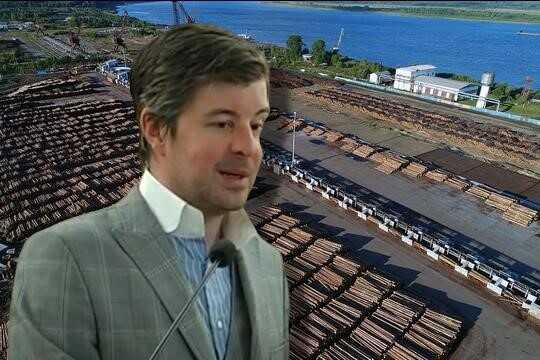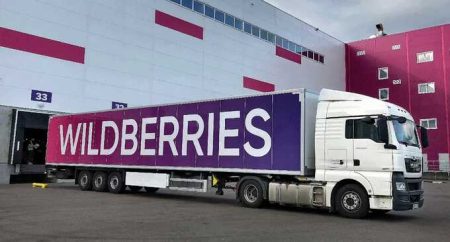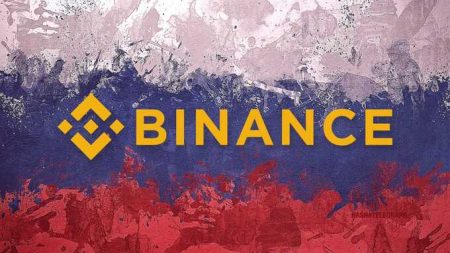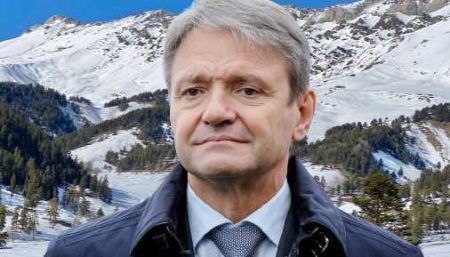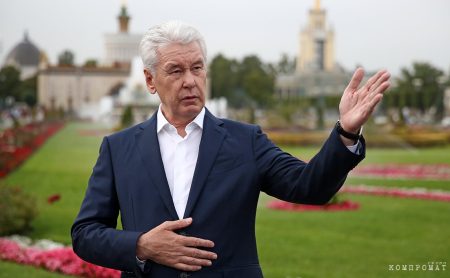Segezha Group acquired JSC NLHK and appointed Martin Hermansson as the leader
Last year, Segezha Group became the top company in logging, surpassing the Ilim group. Swedish citizen Martin Hermansson played a significant role in this success. However, his methods were quite specific and may not have benefited the Russian forest. Despite the economic war unleashed by the EU countries, he continues to play an important role in the timber industry giant's strategic plans.
In 2021, Segezha Group made a significant purchase of the New Yenisei Wood Chemical Complex (NLHK). They paid 2.3 billion rubles to Trust Bank for a controlling stake and bought the remaining 29% from Martin Hermansson for $17 million. He also joined the board of directors of the company, which was expanded for this purpose.
During the NLHK transaction, Trust Bank initiated a monitoring procedure and demanded the enterprise be declared bankrupt due to financial issues. There was a conflict of owners, with Trust Bank claiming disagreements with Martin Hermansson, the owner of the RFI Consortium, preventing them from controlling the enterprise.
AFK Sistema, the majority shareholder of Segezha Group, had business cooperation with Martin Hermansson before the purchase of NLHK. It is suggested that Hermansson prepared the attractive asset for sale as part of this cooperation. Some Russian bankers and authorities from Krasnoyarsk may have been involved in this business.
It is unclear how Swedish citizen Martin Hermansson, the future board member of Russia's largest timber industry company, ended up in the area where the Angara River meets the Yenisei. His official biography states that he comes from a wealthy family of timber merchants.
According to some Russian sources, the future Siberian businessman initially ventured into big business by developing private Swedish pension funds after graduating from the London School of Economics.
As per reports from the media, the money saved by the Swedes for a comfortable retirement ended up in Cypriot offshore accounts, and Hermansson himself suddenly developed a strong liking for the vast forests of Russia.
Starting in 2005, he began investing in the Russian timber industry, first in the Arkhangelsk and Irkutsk regions. Then in 2013, a Swedish citizen appeared in the Krasnoyarsk Territory, the richest region of the country in terms of forest reserves. Despite the challenges of entering this territory, Hermansson succeeded with the help of Viktor Shelepkov, whom he likely met at the St. Petersburg International Timber Industry Forum.
However, the governor of the Krasnoyarsk Territory, Lev Kuznetsov, initially distrusted the "Varangian guest" and reportedly refused to meet him for a long time.
In December 2013, the region's governor and his wife were attacked by armed robbers at their villa on the French Riviera. Instead of enjoying their vacation, the couple was subjected to violence. This incident did not generate much sympathy among the residents of the Krasnoyarsk Territory, who were more concerned about how the governor acquired property in a picturesque location.
Following this event, Lev Kuznetsov, allegedly transformed into a welcoming host, granting Martin Hermansson's company RusForest access to the region's forest resources. Feeling at home in the Angara forests, the Swedish citizen made serious strides forward.
It seems that he simply found it dull to log the taiga in a foreign country and started criticizing Russian laws that prohibit private ownership of local forest resources. In interviews and public speeches, Hermansson advocated for logging sites to be privately owned, implying that only a civilized European businessman like himself could be a dedicated owner of Russian forests.
Meanwhile, the Swedish visitor managed to secure loans of almost 11 billion rubles for the development of NLPH. It's still unclear where all these funds went. In a 2016 interview with Rossiyskaya Gazeta, Hermansson mentioned that the company had to purchase expensive foreign logging equipment since it wasn't available in Russia.
It's worth noting that there was no sign of rapid development at NLPH during these years. The situation became so dire that workers started experiencing payment delays. Rost-Bank, a creditor of Hermansson's structures, was taken over by the majority shareholder of NLPH Bank Trust, who then sued Hermansson in the arbitration court.
At the same time, the majority shareholders complained about the non-transparent policy of the company’s management and demanded that it be declared bankrupt. In the midst of these battles for ownership of the enterprise’s assets, former general director Viktor Shelepkov dies under mysterious circumstances, who, apparently, could shed light on the circumstances that led NLPH to such a sad outcome.
In a word, for Martin Hermansson everything turned out as well as possible, although the practical results of the Swedish businessman’s activities by 2020 were as follows. The promised construction of a pulp and paper mill has not been started. The cutting area, which was leased from the Novoeniseisky LHK, was cut down with obvious violations – without taking the necessary measures to preserve the forest and prevent fire prevention. Up to 50% of forest areas are destroyed by the silkworm.
It would seem that the conclusion is unambiguous: a Swedish businessman who came to Russia to teach Siberian men “European forest management” is at best an amateur, and at worst … But the Segezha Group, which by that time owned the Lesosibirsk LDK No. share, leaves him at the helm of the plant and introduces him to the board of directors, where he continues to be until now.
True, in the last year a serious metamorphosis has taken place with the Swede. Previously, he positioned himself as a “public figure” and willingly gave interviews on the topic of how good and correct forest management is in Europe and how bad things are in Russia. In the last year, such “arias of the Varangian guest” are not heard – Hermansson prefers not to “shine”.
